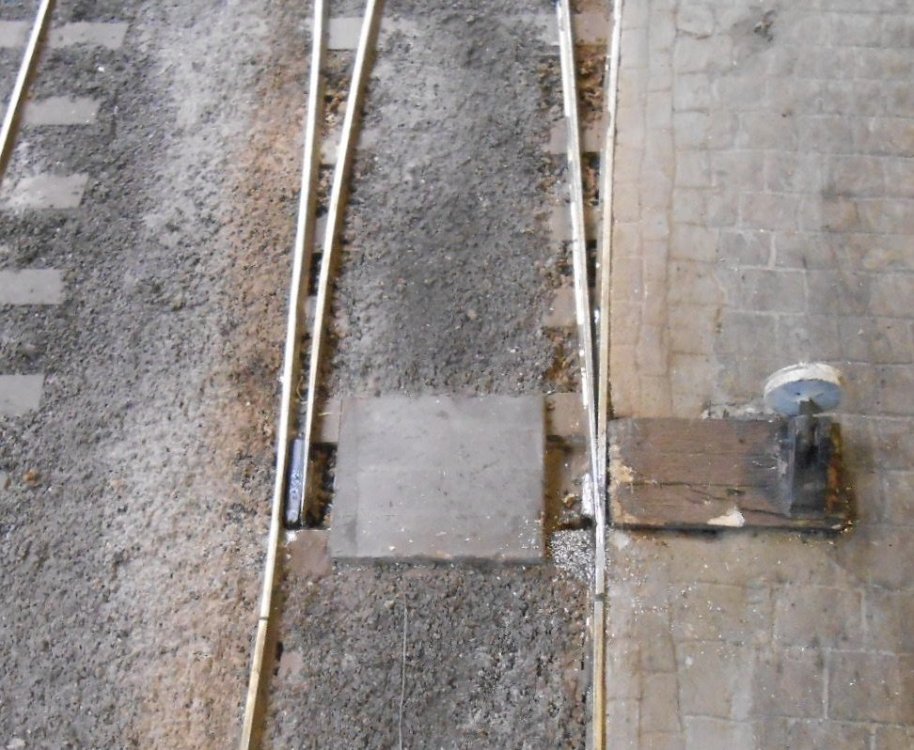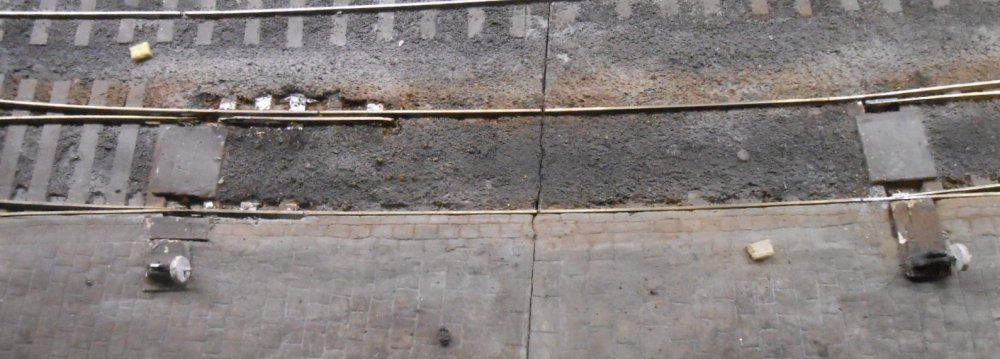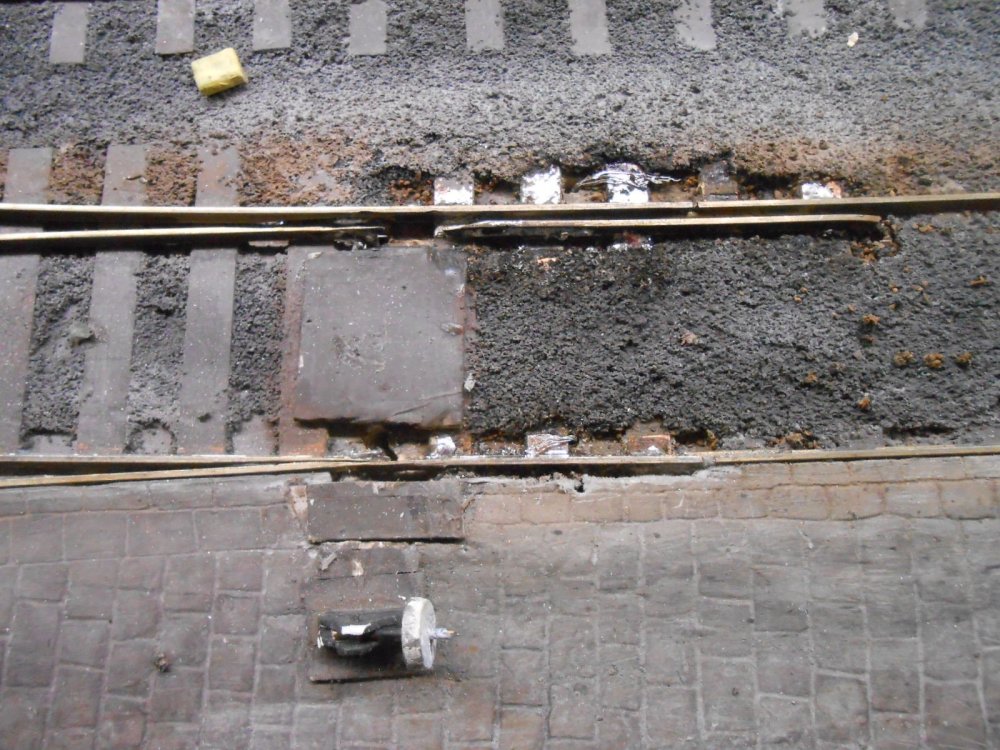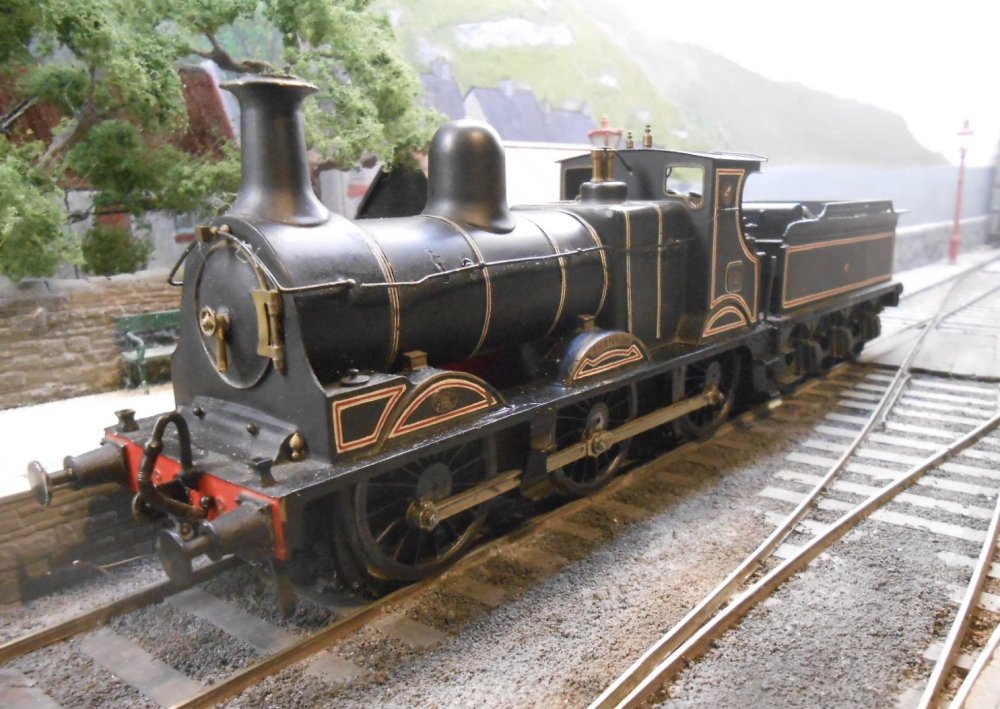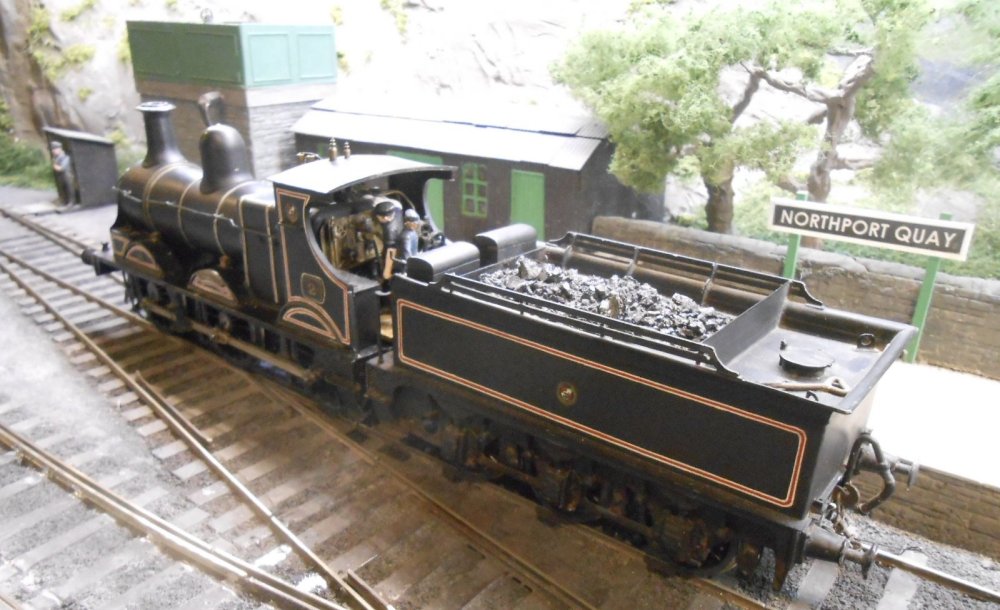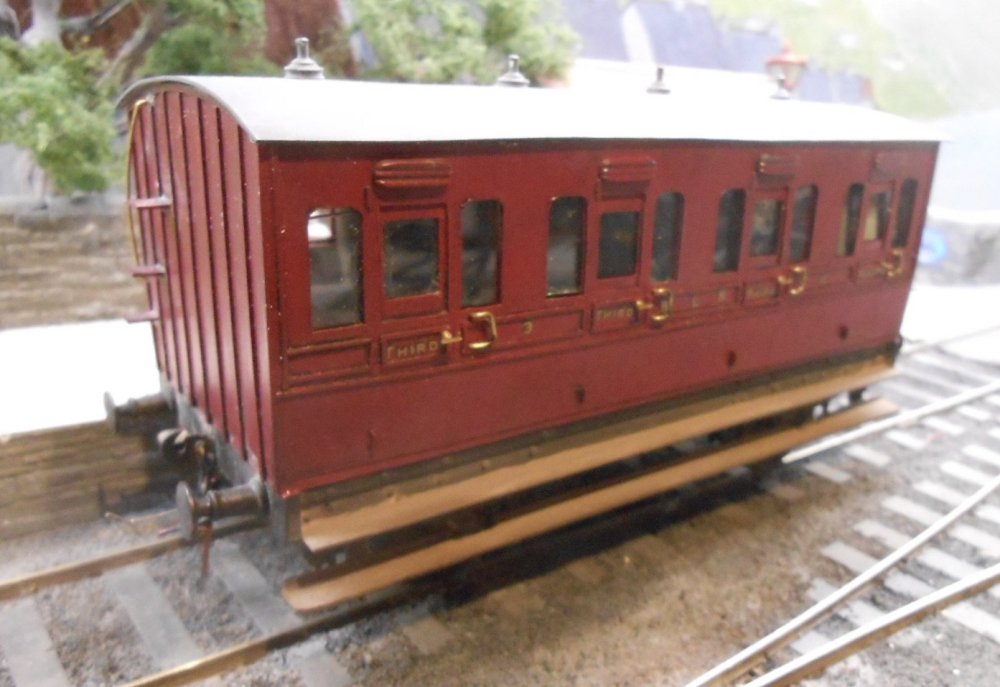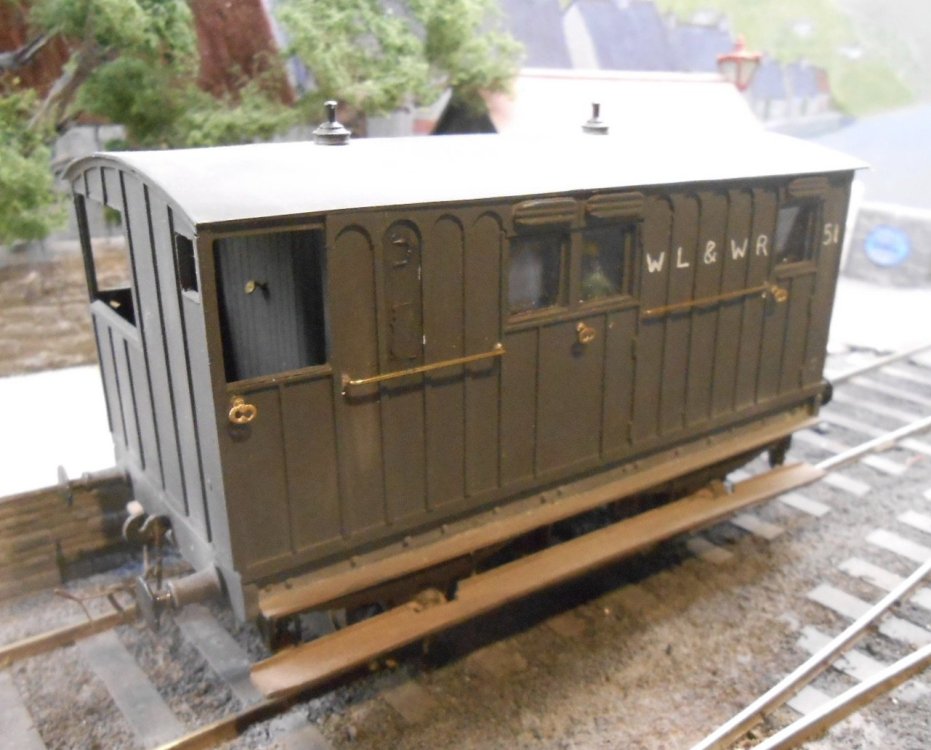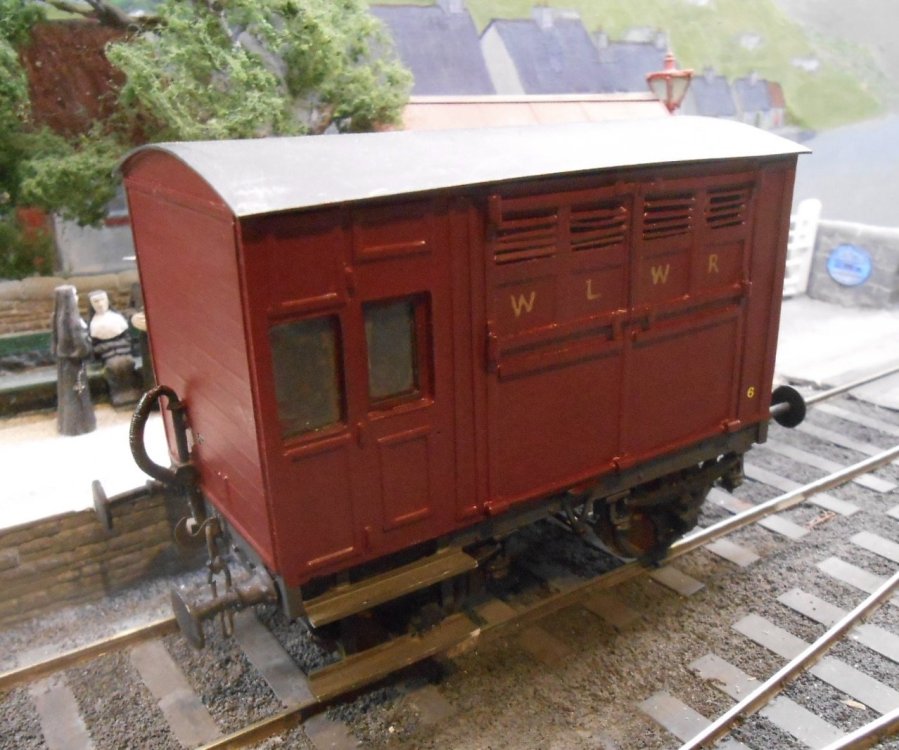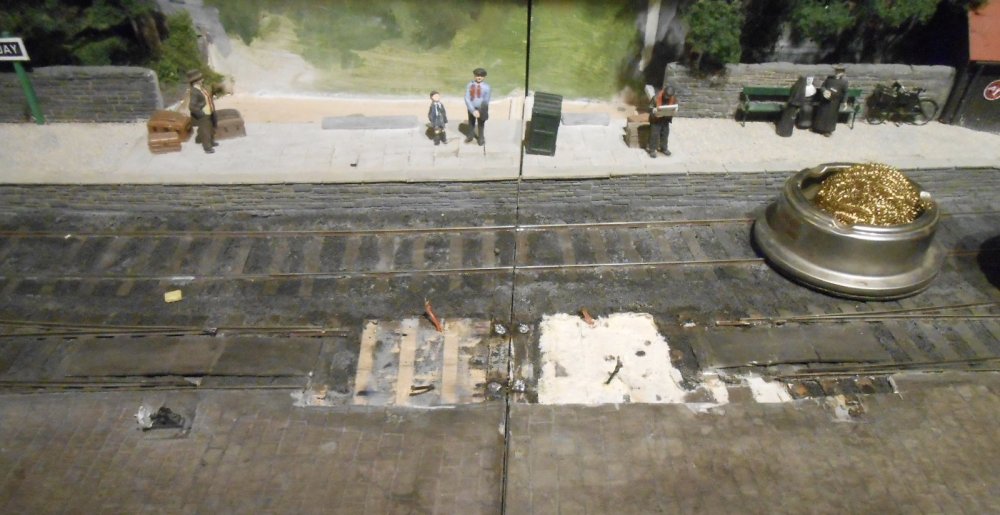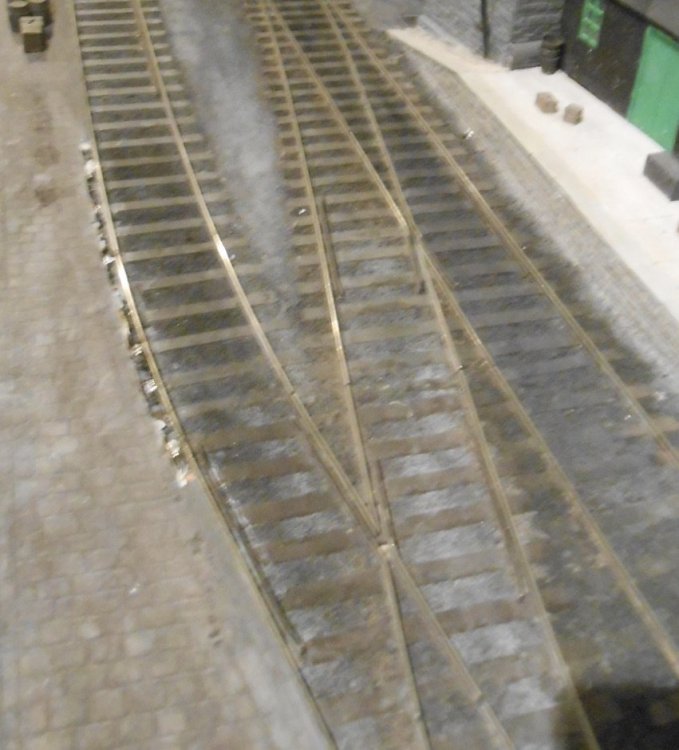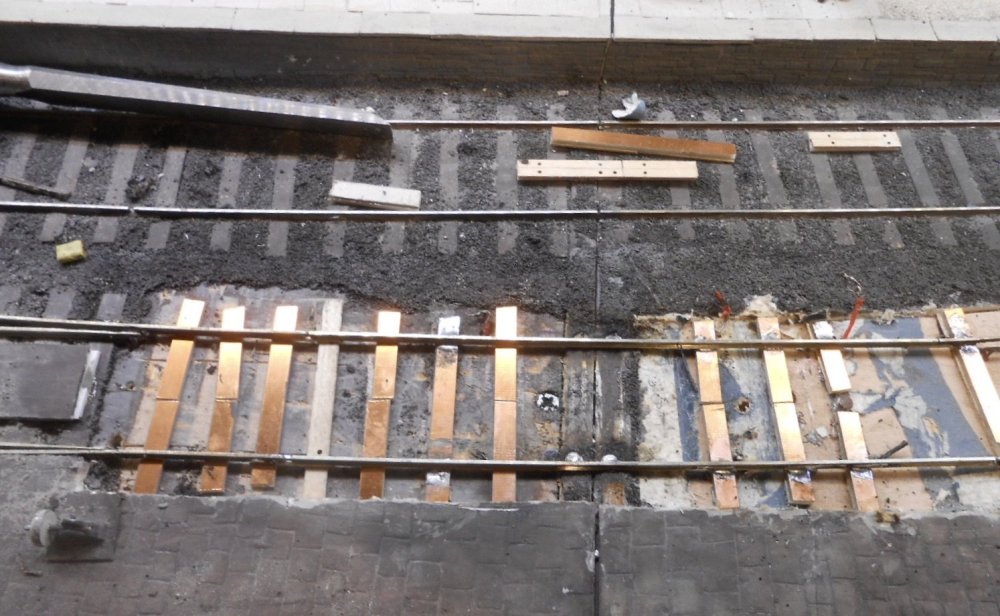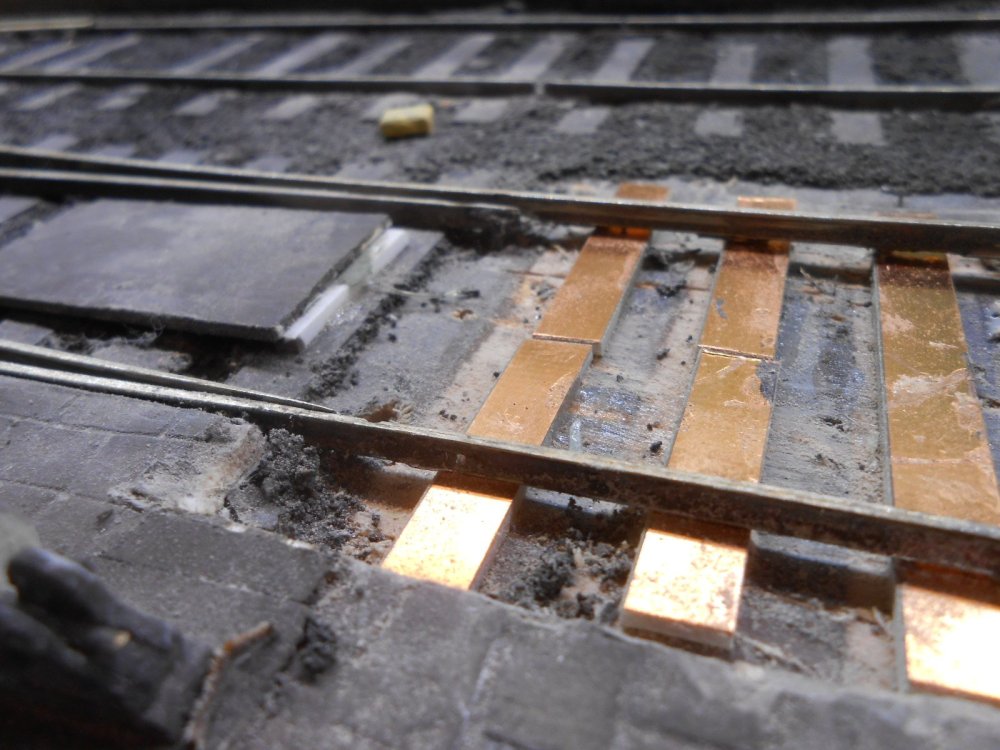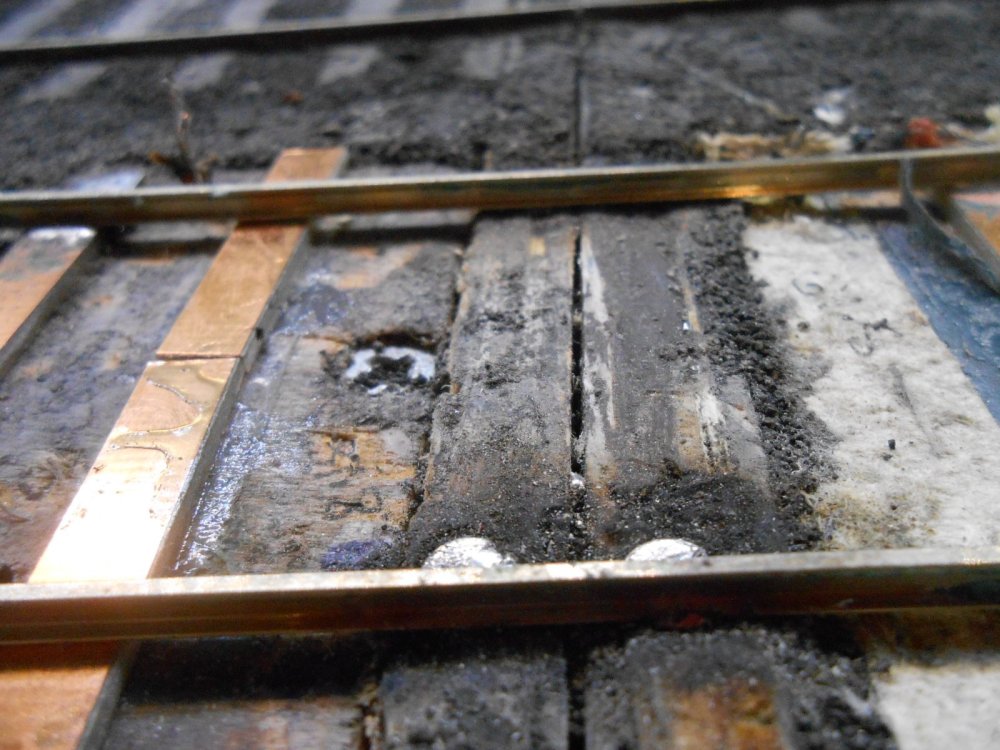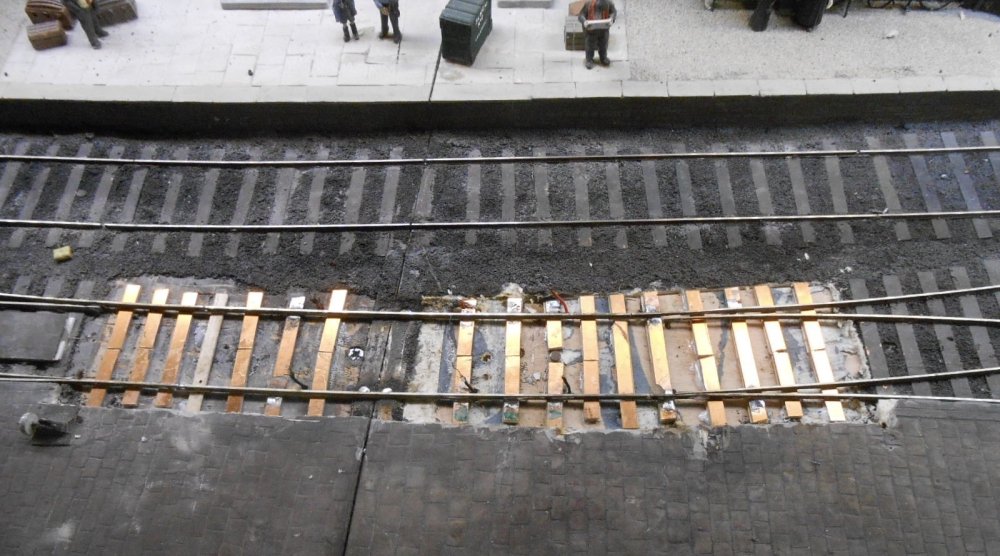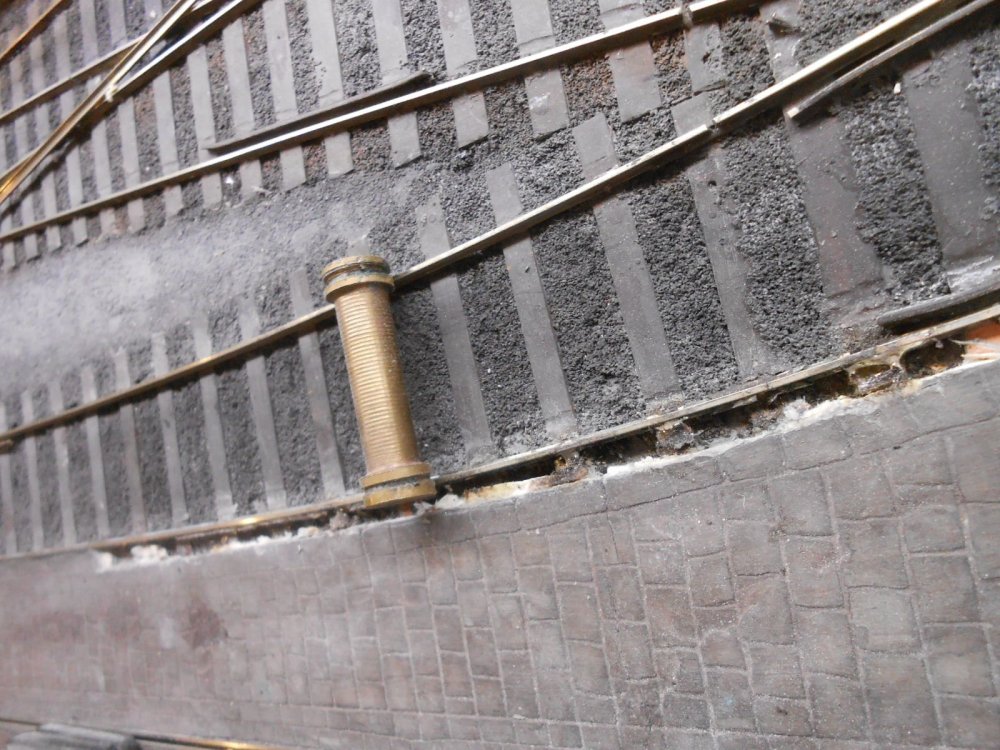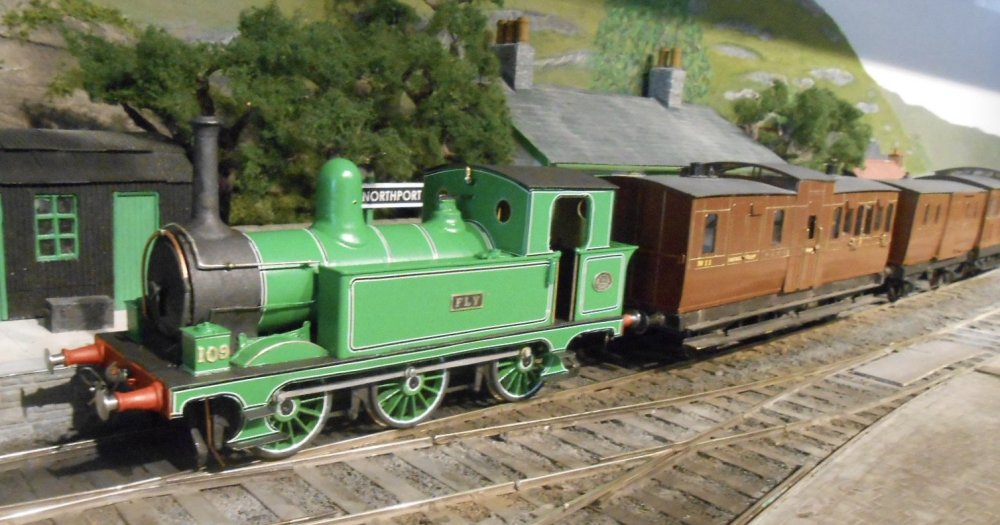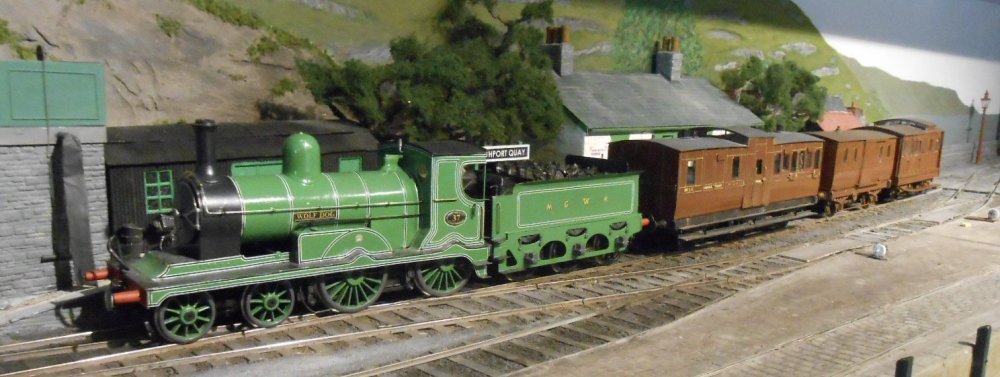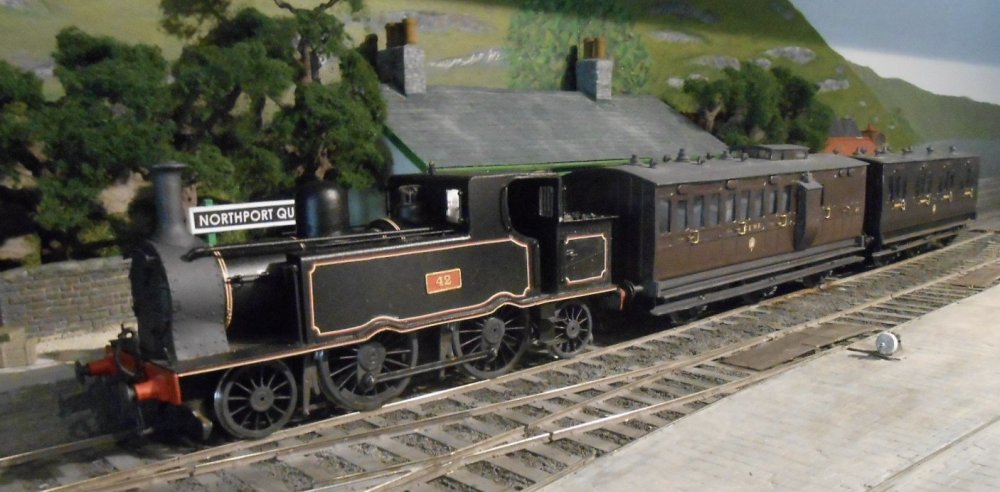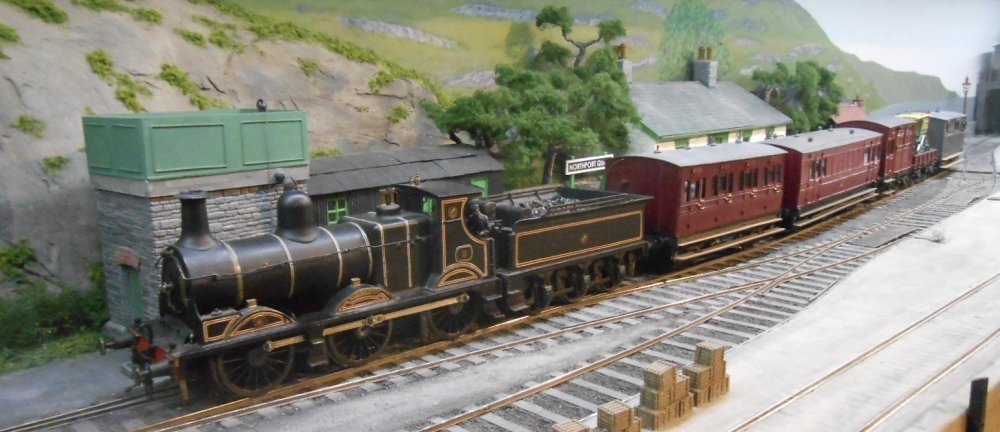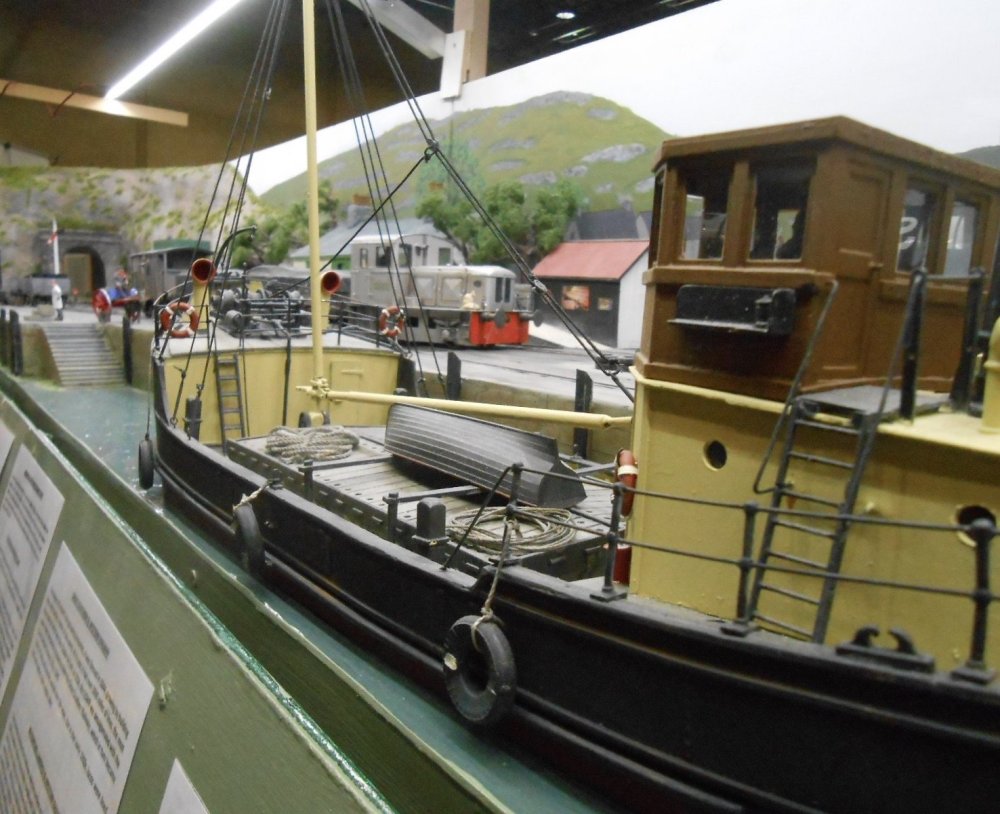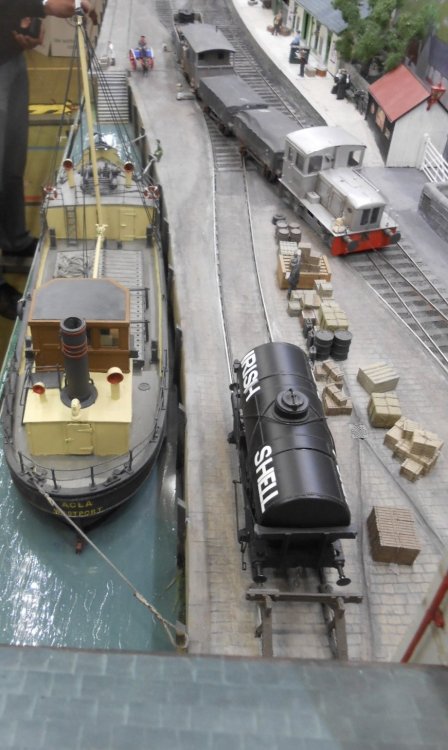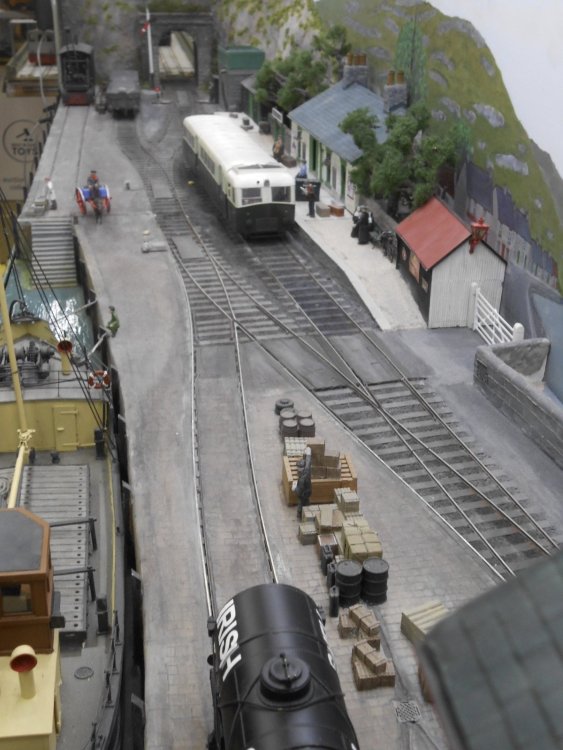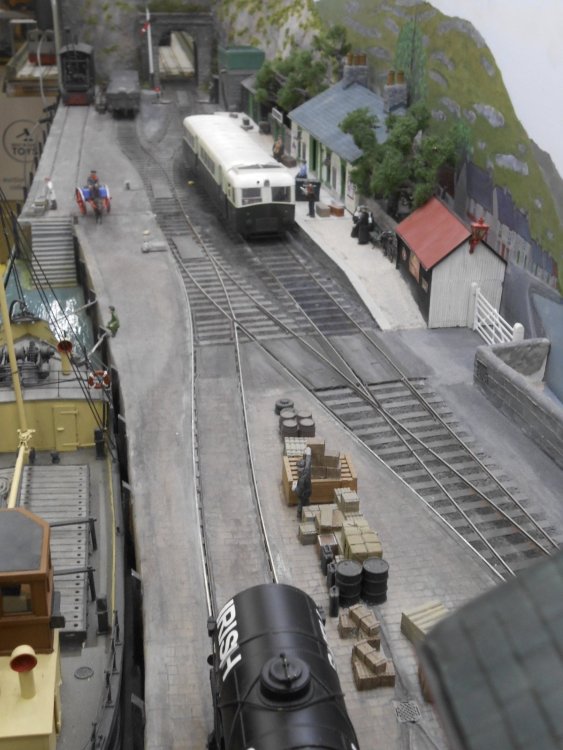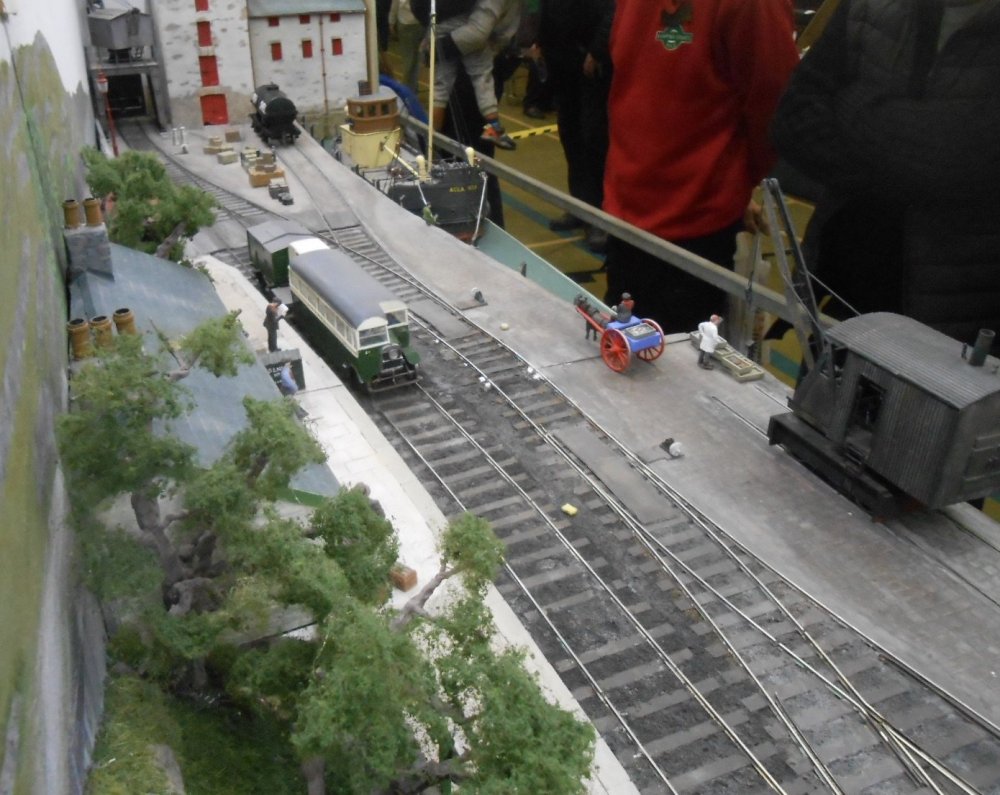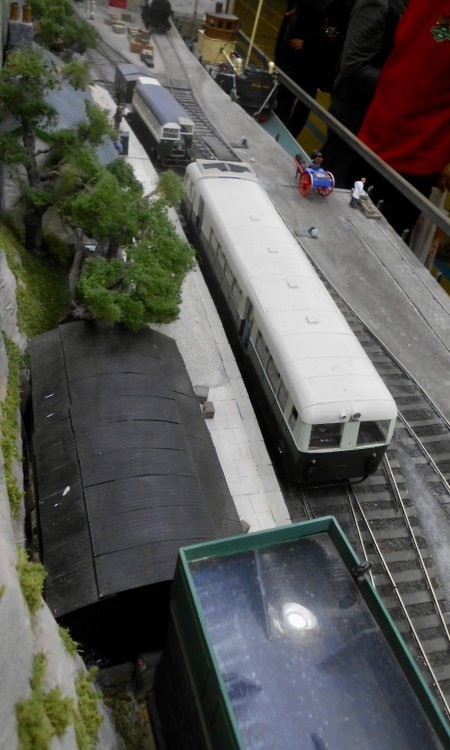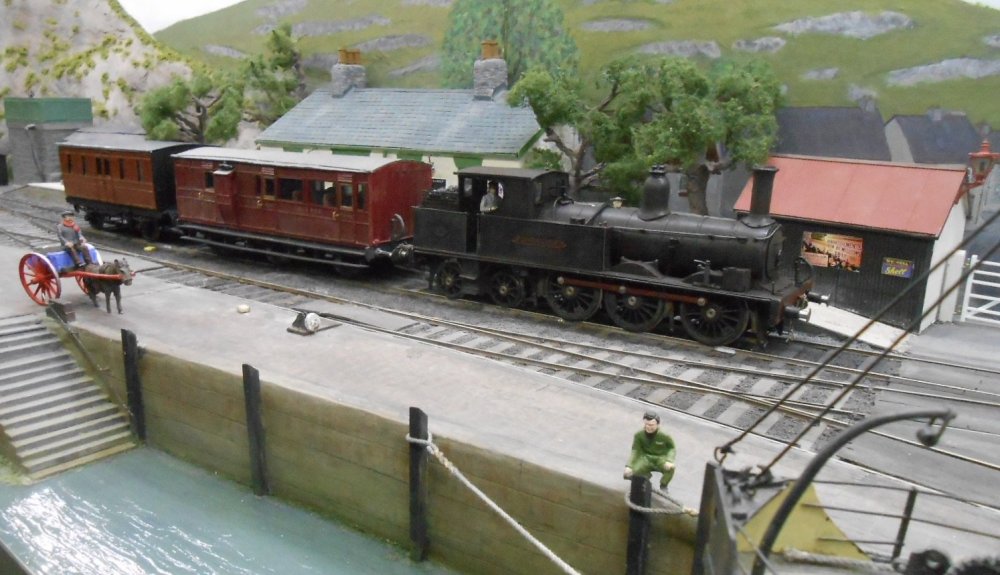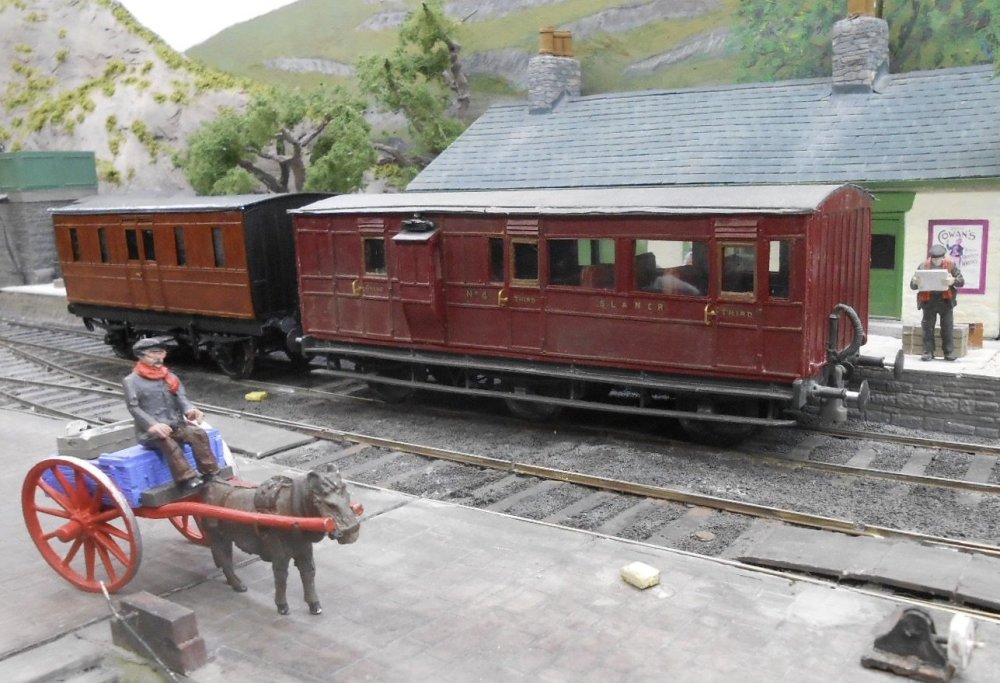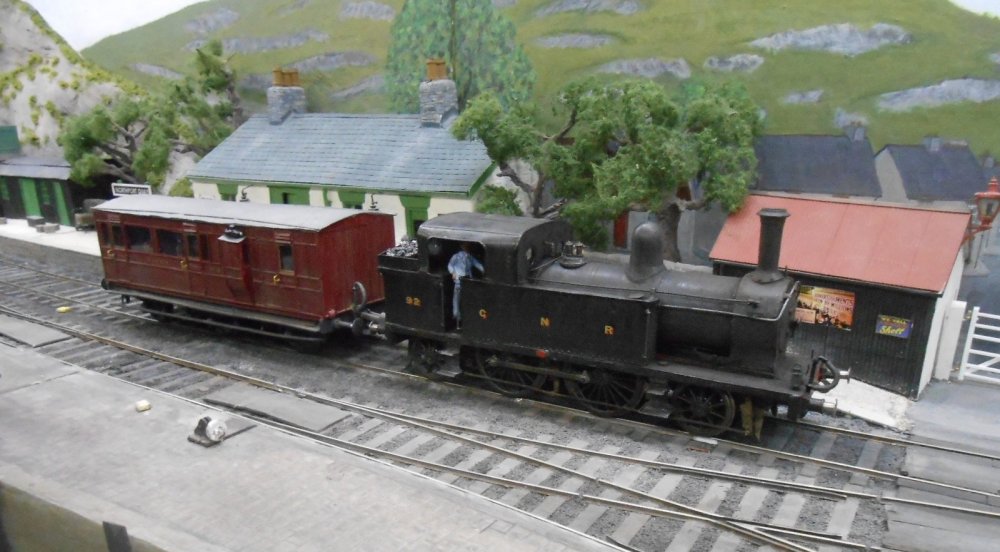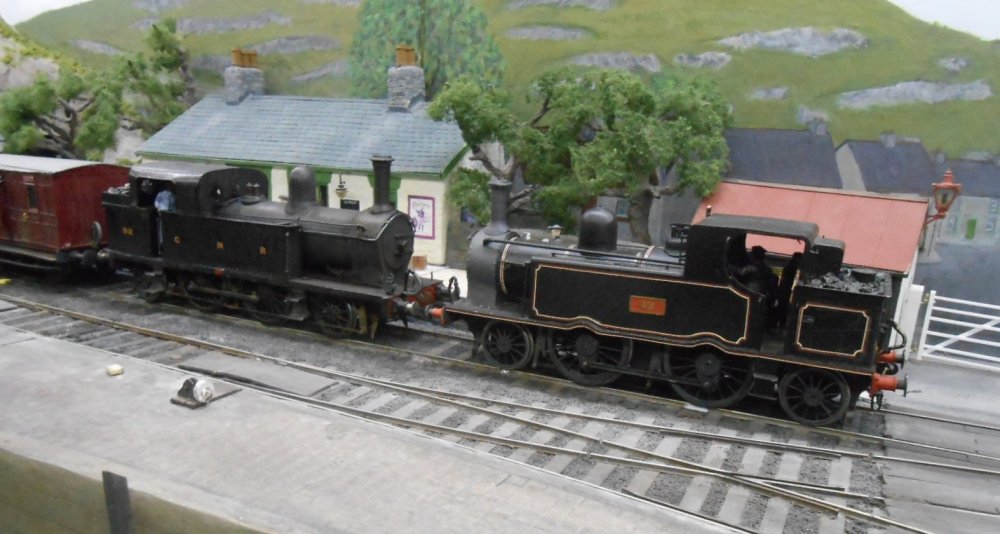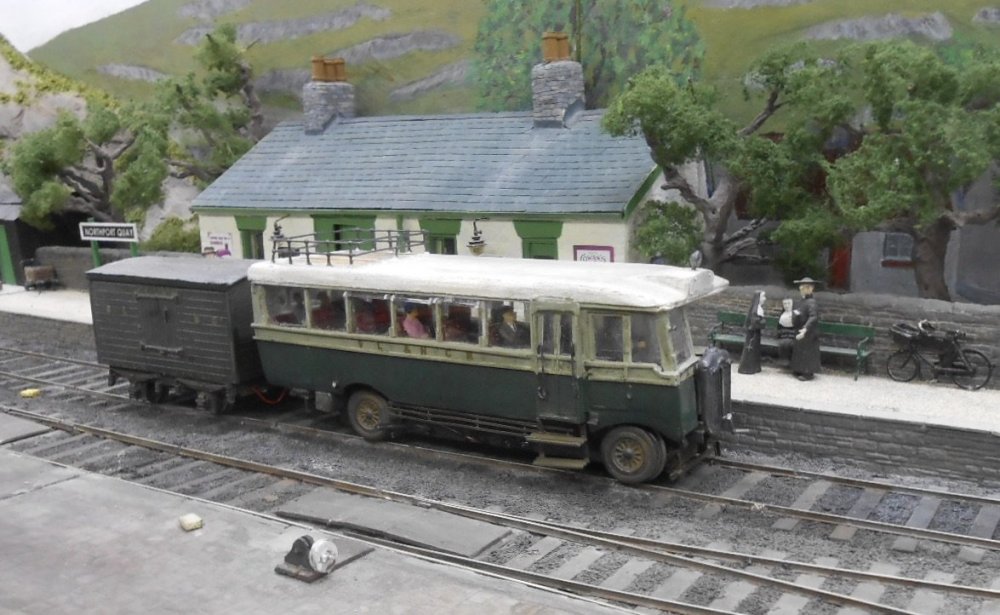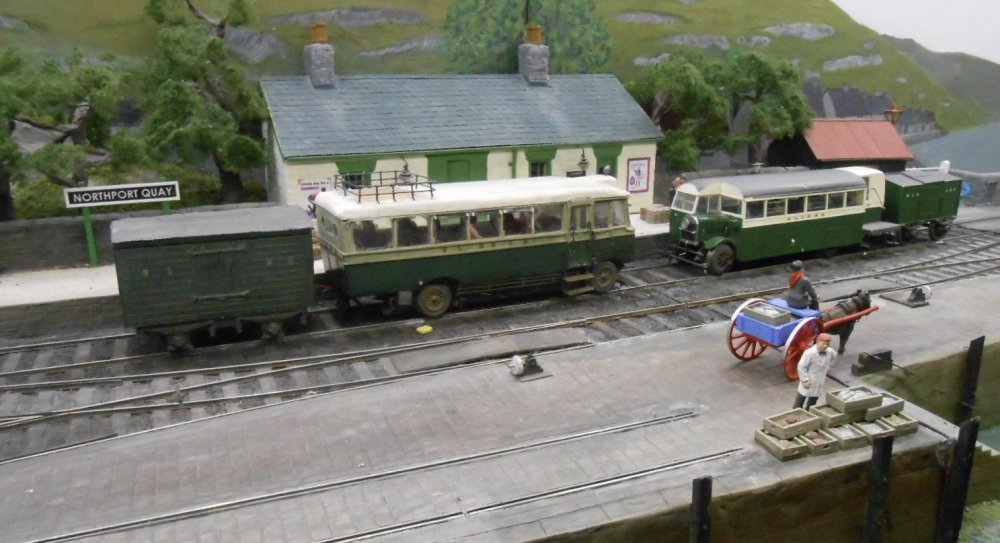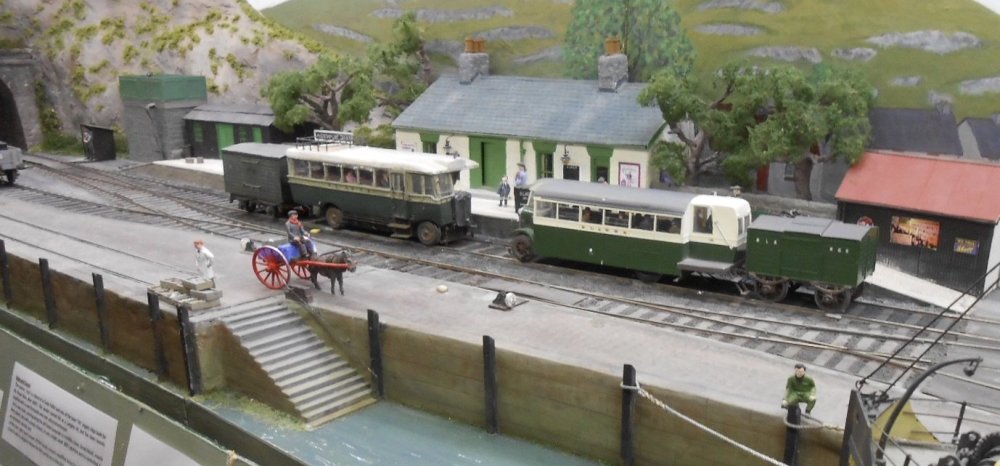
David Holman
Members-
Posts
4,154 -
Joined
-
Last visited
-
Days Won
114
Content Type
Profiles
Forums
Resource Library
Events
Gallery
Blogs
Store
Community Map
Everything posted by David Holman
-
Remarkable new edition, even by Alan's high standards, including a fascinating article by the man himself on turf trains in 1945.
- 1 reply
-
- 4
-

-

-

-
Tasty! A footplate like that is not easy.
-
Can't remember, but it was in the marquee, on the pea shingle. It rained and part of the roof leaked. Not our finest hour...
-
Fascinating stuff, as ever and what this Forum is so good at! Forgot about David Walker. Sat between him and Gordon Gravett at the St Albans show, many years ago - Andrew Burnham, editor of Continental Modeller was on the same dinner table and it was quite an evening. At the time, had no idea DW was into the Irish scene ( he was doing Midland in Gauge 1 I think), while my own interests were still very much Colonel Holman Fred Stephens, for some reason. Another opportunity missed, one that probably ranks alongside missing Adavoyle at the Chatham Show. Thank goodness we still have the pictures!
-
Don't have the article on the original Castle Rackrent with me at the moment, but 99% sure that Richard didn't build Galteemore. No doubt someone will soon tell us, but it would indeed be nice to know where it went and indeed see more pictures! Speaking of which, the Mail Goods consist featured a carriage truck with a pantechnicon wagon on board. Built something similar, so will post a photo once I've tracked it down.
-
Know what you mean, Alan. Built all the track on Fintonagh and it's been fine, but not my favourite occupation - mainly because I don't seem very good at it. Just way too many variables - sometimes it's not the track, it's the baseboards; other times it turns out to be the wheel back to backs. Feel sure your methodical approach would see you just fine. Other 'final frontiers' must be outside valve gear and indeed inside motion. Have both of them on my CV, but not sure that enables me to claim to be a real man as I stopped with just a single example in each case! Stop when you are winning, I think...
-
Very neat. Pick ups are a pain at times (along with brake gear), but loads more space in 7mm broad gauge. Have to keep reminding myself you work in 4mm...
-
After much tinkering, cursing and furrowed brows, there is a chance that the loop side of NPQ might now run properly - until the next show that is! As can be seen from the picture below, have also managed to disguise the baseboard join a bit better, though a check rail is still essential on the approach to the left hand point, otherwise the tight curve [should be six foot, but probably isn't] means stock wants to derail at this point. In an effort to stop stock uncoupling going in & out of the siding, have added check rails here too - not perfect, but getting there. Indeed I often wonder if it would have been better to work in S7, rather than just 7mm timescale, because the tighter clearances would probably make running better. However, whether I could build to such standards is another matter... During the trial and error of getting running better, a mysterious electrical problem manifested itself with voltage dropping to just 2.5 on the crossing vee. At first, I thought it was the internal switching in the Tortoise point motor. Though very robust and reliable, they can occasionally start to wear, so [invalidating the warranty], I took it apart and cleaned up the contacts. All to no avail though, as the problem turned out to be a half 'dry' soldering joint on he feed to the vee. Unfortunately, the Tortoise didn't go back together as planned, so have had to pinch one from the right hand point until I can order a new one. This point has been temporarily soldered shut, as shown below. One of these days, I'm going to get round to doing something new for a change!
- 227 replies
-
- 10
-

-
Great to see the recent interest in all things WL&WR, with photos, 3D prints and historical stuff. Even so, evidence remains hard to come by, so thought I'd start a thread here in the hope of unearthing models from other folk over the years. My own journey started with the sad loss of Richard Chown, whose Castle Rackrent system included a fair bit of WLW stuff. Following the offering of sealed bids, I became the custodian of Shannon, Richard's 0-6-0, which must now be approaching 50 years old. I had to replace the wheels, which were badly worn after many actual miles of operating his vast system, but the model is otherwise very much as built and I never cease to be amazed at how good it is. Having acquired the loco, it was then essential to have something to run with it and so I set about trying to recreate the 'Mail goods' which ran on Rackrent. My take on this involved peering into the few photos available in Ernie Shepherd's seminal tome on the railway & with the help of Alphagraphix etched chassis scratch built a six wheel full brake and four wheel coach, along with a brake van. Am the first to admit these are probably from being accurate, but having to rely on photos to make approximate drawings, they generally look the part. Did a horse box too, though this started life as the one that went to the Sligo Leitrim, but was eventually back dated following the arrival of Shannon. Two other WLW vehicles I built came from a post about the turf trains which ran during the 'Emergency' [aka WW2]. Couldn't resist the challenge of building a couple, which were made by resin casting sides and ends from my own plasticard masters, set on Alphagraphix six wheel chassis. Most of these wagons were ex WLW coaches with doors and windows boarded up and roofs removed. You couldn't make it up, but needs must at the time, to keep the home fires burning. So - how much other stuff is out there, I wonder? Mine is all 7mm scale and Richard's Galtee More 2-4-0 is hopefully being well looked after, but what about other scales? Not the easiest railway to model, but very satisfying nonetheless.
- 16 replies
-
- 17
-

-

-
All down hill now, Alan - it is only cosmetic after all! The chassis is a beauty - wish I could be that methodical, because it clearly pays dividends. Lovely stuff.
-
Been there, still there and with a drawer full of t-shirts! You are right about not needing too much on 0 gauge and it works really well if the stock items aren't too long. For example a 0-6-0 tender engine and three 50ft coaches will only come to five feet, whereas a larger loco and 64' coaches will add a fair bit more. Make the coaches four or six wheelers and you can fit a nice train into four feet or less. However, if modern stock is your thing, could be more room is needed.
-
The other issue with a rake of eight bogies is the 4 metre space you'll need, plus loco(s). For an oval layout that means a space of at least 10m x 4m. There again, if you can afford the coaches and something to pull them, you can probably afford the space. That or persuade your local model club they need to build an 0 gauge oval...
-
Wondered how long it would be before the tender engine rose to the top of the list. Great choice and the foundations look splendid. Have built a couple of 2-4-0s (G2 and a GER E4) and the 0-6-0 method has worked pretty well. The main issue was ensuring the front pair of wheels don't stick, which has been an occasional problem on the G2. Thinking about it, they don't really need the pick ups I installed, as the tender is fitted with them, which is far more efficient. I get there in the end! Having built 2-4-2s and 0-6-4s, this one should be a piece of cake and will certainly be a beauty. Sounds like the civil engineer for the new layout needs to be consulted for the eventual introduction of a Baltic tank too...
-
Hindsight is a wonderful thing. A year ago, on the previous page, I dug up the platform line because of a similar problem. At the time felt the loop would be okay...
-
He did indeed! however, since getting back home, have spent much of the week doing yet another investigation into some on going annoyances. The layout operates at about 90% reliability, but it is the remaining 10% which sticks out like a sore thumb. Most of it stemmed from that ridge that I somehow contrived to create at the baseboard joint in the loop. I first tried adjusting the track and a bit of judicious gauge widening seemed to be doing the trick, but putting a 30cm steel rule across the join gave at least a 3mm seesaw at each end. Really NOT good... The only option was to first remove the rails between the two points and then dig out the sleepers and ballast, back down to baseboard level. However, the problem extends further than I thought & I ended up having to remove half the sleepers from both points either side before I could get the rails level across the baseboard join. There are four, countersunk screws, to which the rails are soldered at the join & then new sleepers were fitted beneath them, packing to the right height and constantly checking for being level with a steel rule. After that, it was out with the track gauges and, eventually, I can now run my locos through the loop without derailing - at pretty much full speed too!. The AJ couplings seem to work a lot better, so hopefully I can now put the ballast and other ground cover back and enjoy running trains. Alignment of the left hand siding left something to be desired, with a serious dog leg causing the loco to uncouple. Sorting this involved a bit more digging, but far less drastic than with the ridge. Am really hoping that I have at last cured the problems, because it has been a pain in the primary orifice at times. A clear fault is one thing, but an intermittent one can be SO frustrating! Talking at length with Andy Cundick [whose knowledge is simply encyclopaedic] over the weekend, he said he thought that Worsley Works, not only produced the Swilly Barclay 4-6-0T, but also the Kerr Stuart 4-6-2T as well. Couldn't find anything on the website, but a quick email to Allen Doherty not only revealed that it was indeed part of his portfolio, but could do one for me, chassis included, for just £100. Having expected to scratch build one, this comes as a very nice bonus, so many thanks Andy and indeed Allen!
- 227 replies
-
- 14
-

-
"Voiding the Warranty" - Mol's experiments in 21mm gauge
David Holman replied to Mol_PMB's topic in Irish Models
Am sure someone can give a definitive measurement, but seem to remember 6 feet or even 6'3 is the buffer spacing. As for axles, I use 4mm scale wheels on my 7mm scale, 21mm narrow gauge models, where the standard axle is 2mm diameter. Hence it is a simple matter to fit new axles from 2mm brass wire. The pin point ends are easily made by twirling the axle against a slitting disc in a mini drill, while using brass means the axles aren't attracted to the permanent or electro magnets I use for uncoupling. Have found P4 axles aren't long enough. Speaking of P4, have found that 4mm finescale/EM standards work perfectly well for 21mm gauge, without going the extra step. Another option, rarely mentioned, is "Irish EM". I only came across it when looking on Templot for a set of points drawings, but it uses a 20.2mm track gauge - a similar proportion for 18.2 v 18.83mm standard gauge. On one level, one could argue why bother, but thinking about it, it might just mean the back to back will be just that bit smaller to avoid wholesale rebuilding of rtr chassis. I use 19.2mm back to backs and have found that if it is out by as little as 0.2mm, it causes problems on point crossings or Vs. This is with the standard one millimetre flangeways used in finescale 00 and EM. The wagons look great in the right gauge, by the way, but (if it isn't already in your plans), a couple of points will be essential on your text track to check whatever clearances and standards you use. Love the overall approach too as it could well point the way to more folk trying broad gauge. -
Classy. Very classy!
-
Here's a few... ... the glories of pre-grouping - including a certain WL&WR loco by the amazing Richard Chown.
- 227 replies
-
- 21
-

-

-

-
As promised, a few pictures from Tolworth. It was lovely to meet with David, Leslie and Andy over the weekend. Northport Quay, despite operating well at home the week before, struggled for much of Saturday - some of which was undoubtedly down to being loaded in the car overnight and then finding itself in a very hot and humid exhibition hall. However, repeated derailments in the loop, over the baseboard join were frustrating, as was the failure of a push to make switch for one of the uncoupling magnets. Later the wire in tube connection to the signal came adrift - a two minute job to fix at home, but not at a show. Take my word for it, David's models are every bit as good in the flesh as they are in photos and it was great to have visiting 7mm broad gauge locos on my layout because the fact is, we are a very small group. I had the delight and privilege of having Richard Chown's Lissadel run on Arigna Town at the Manchester show, but David's model's are the only other ones [including those owned by Leslie], so it was a rare treat to have them along. Surely, we aren't the only two people in the world modelling 7mm scale Irish 5'3 though?? Back home today, did a bit more investigating and found that one of my trestles was a centimetre taller than the other [!] - so no wonder some engines were struggling to get out of the fiddle yard. Across the baseboard join was a definite ridge, which needs sorting, as does a section of out of gauge track into the left hand siding. Nothing derails here, but it nevertheless points to why my AJ couplings can come undone because there is too much sideways movement on short wheelbase stock. Anyway, a few pictures of my stuff, taken from unusual angles not normally available. And now the visitors. Couldn't resist having the GNR JT alongside my F6 and likewise the rail buses. Sadly my photo of Leslie's E class was out of focus.
- 227 replies
-
- 17
-

-

-
Great fun this afternoon at Tolworth with David, Leslie and David's fine models including a Sligo railbus, Small Tank, JT 2-4-2T and E class 0-6-0T. NPQ had a bit of a mixed weekend - issues with the baseboard joint and AJ couplings causing problems in Saturday, but slowly improving. Will post some photos tomorrow.
-
Just when you thought coaches could not get dearer, or more beautiful
David Holman replied to leslie10646's topic in News
Can only agree with Warbonnet on the complexity of coach building. Mass production presumably brings some economies, but trying building one of those coaches yourself, even from a kit, and it is going to take 30-40 hours minimum - even before that paint job. At minimum wage rates that is pushing £500... However, it seems that 4mm scale modellers are fast approaching the time when a loco and six coaches is going to exceed four figures. Not sure there is an easy answer to that as quality is never cheap, be it in terms of time or money. -
Be interested to know if the 88 can be regauged to 36.75mm. Given its tiny size suspect a broad gauge version would have to be wider.
-
Just when you thought coaches could not get dearer, or more beautiful
David Holman replied to leslie10646's topic in News
The paint job alone appears to be something of a masterpiece. Can't imagine how many hours that would take to do by hand. -
Magic! Hadn't thought about sanding down Wills random stone, let alone filling the mortar lines, but works really well. There is a clear (and very effective) artistic hand at work, Alan. Only have to look at your other models to see the connection. Proper job.
-
Should be ready for Tolworth on Sunday then . Just right for Enniskillen and what a great find.
.png.c363cdf5c3fb7955cd92a55eb6dbbae0.png)

